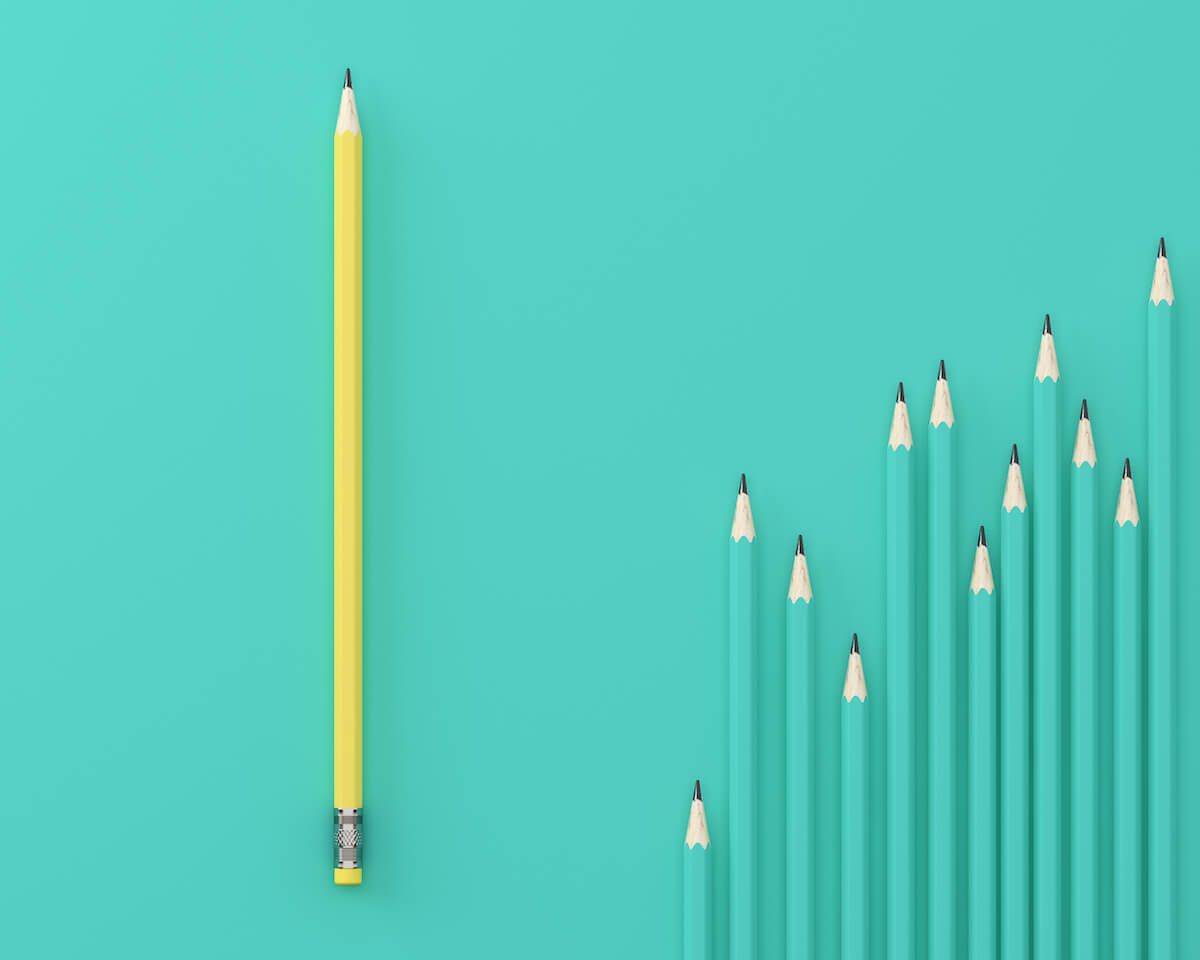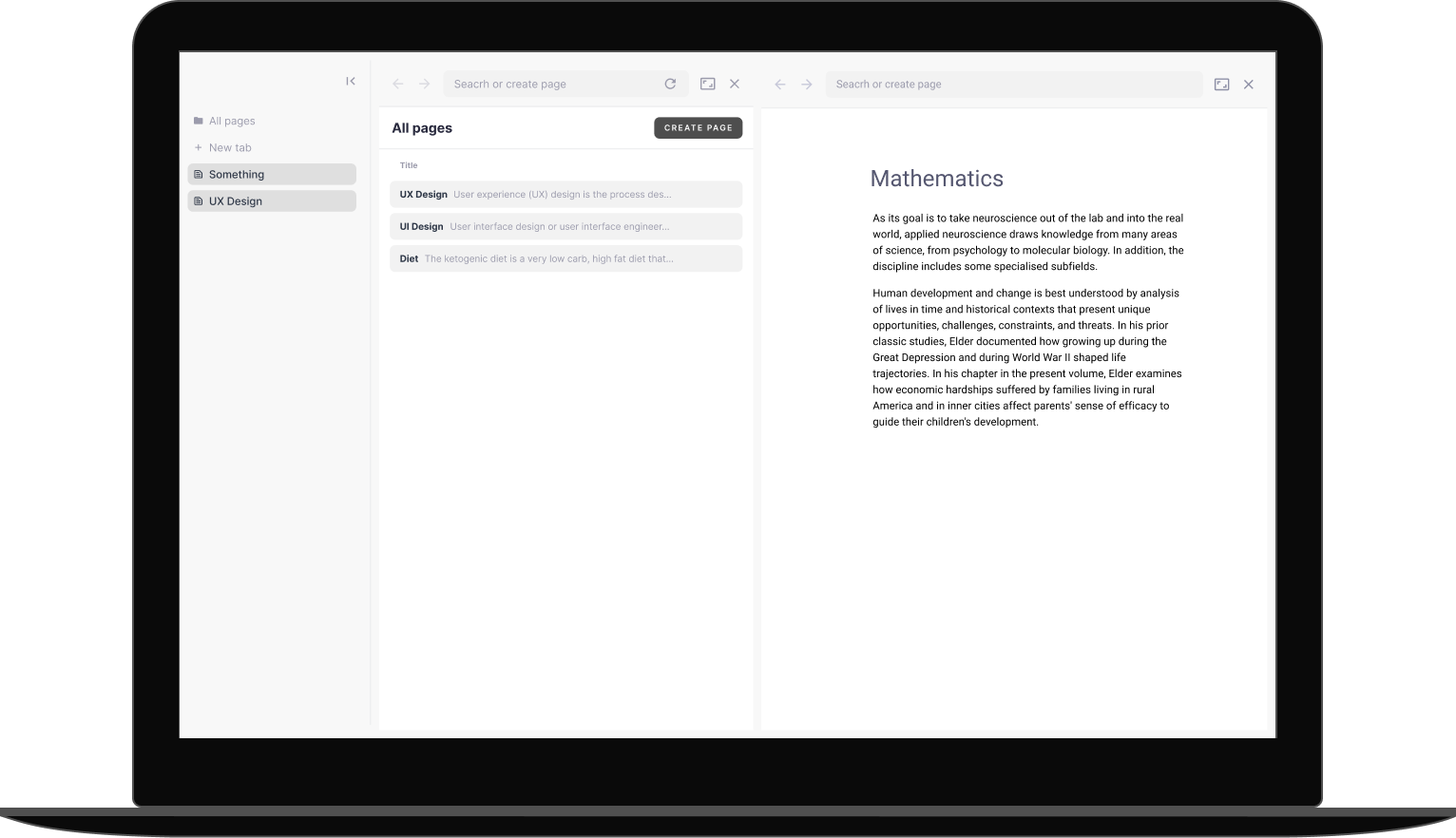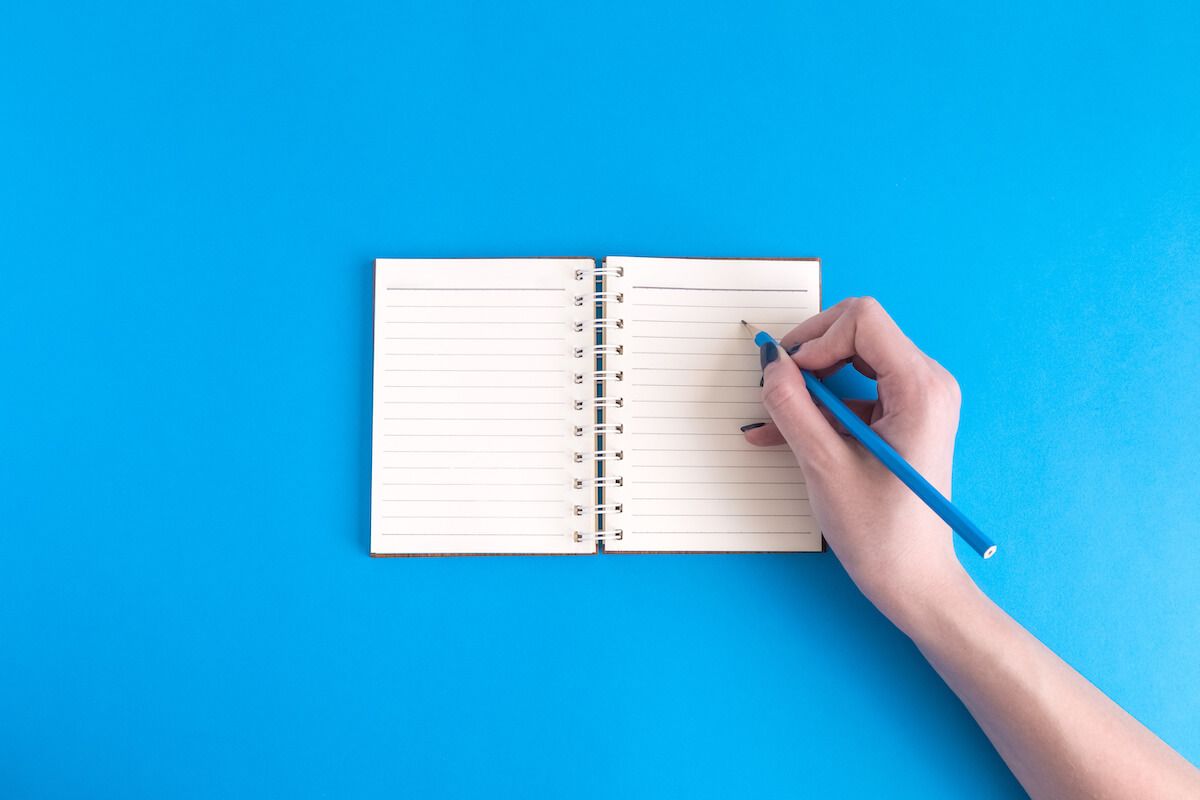What comes to mind when you hear the phrase "taking notes”?
Some people remember their university days, frantically scribbling notes as they tried to keep up with the professor's lecture, yawning from a late night out the night before.
Others reminisce about their teenage years, nervously copying notes from the chalkboard as their teacher stressed the importance of studying for the semester exam.
For a lucky few, the memory wasn't so long ago. They just took notes at their meeting this morning, while reading yesterday, and when they had that fantastic idea at brunch on Sunday.
Note-taking isn't a chore for these people — it's a habit.
Good note-takers don't just capture every word that's said (or written). They record and interpret information, synthesizing it into something more meaningful.
And while note-taking skills may come more naturally to some learners than others, the good news is that anyone can become a note-taking pro with practice. Let's look at the note-taking skills you'll need to master the art of effective notes and take your learning to the next level.

Before we jump into the skills you need to take effective notes, let's review a few key points about note-taking. Many think note-taking is a long and laborious process only used for lecture notes or writing down test questions word-for-word. But note-taking isn't just for school or work.
Taking notes is simply actively listening, interpreting, and synthesizing information. The main goal of note-taking is to help you understand and retain essential information. While it is often used for lecture content and class notes, you can also apply it to any situation where you need to remember something.
Scenarios in the workplace might include:
You can also use note-taking in your personal life, whether for a passion project, charting your travels, or summarizing a book you'd like to read. Effective note-taking can also organize your thoughts, serve as a reference for future projects, and provide documentation of events or conversations.
Note-taking is a personal process, so there's no single "right" way to do it. While many methods have been proven effective for academic and professional purposes, taking notes doesn't have to be complicated. The best notes are the ones that are the simplest for you to jot down and the easiest for you to understand.
You can use different note-taking methods, depending on your goals and preferences. Some people prefer to take verbatim notes, capturing every word said. Others prefer to take more interpretive notes, summarizing the main points and ideas. Some even like to take visual notes, jotting down images and symbols to represent the main ideas they want to remember.
A few popular note-taking systems include:
Test out different note-taking styles and find the one that helps you learn and remember information. Make it your own by mixing it up — you might try the Cornell Method for your class notes, create mind maps for your creative ideas, or simply jot down a list of key points at your next meeting. You may find that using different note-taking methods for different types of information helps you learn more effectively.

Now that we've gone over a few key points about taking notes, let's look at the three main steps of the note-taking process.
Before you can start writing your notes, you'll need time to prepare. This involves finding a quiet workplace, getting organized, and ensuring you have everything you need. This could be your class syllabus, a meeting handout, or just a notebook, pen, and a few highlighters for underlining.
Consider your goals for your notes before you begin:
The answers to these questions can help you choose the most suitable note-taking method and decide what information is worth recording.
The second step in the note-taking process is writing the notes. This is where you'll sit down and start recording the information you need to remember.
As you jot down your notes, keep the following in mind:
Being deliberate and having a plan during this step can help you take better notes.
The third step in the note-taking process is reviewing your notes. This is where you'll read over what you wrote to ensure you understand the information.
Review notes soon after you take them and then again at a later time. As you read, consider:
Reading your notes soon after you record them can help you consolidate the details in your memory. Reviewing them later will help you retain the knowledge over the long term.
These three steps work together to help you learn and remember information. Following the process will ensure that your notes are helpful and your learning is improved.

Gather information, take notes, review, reflect, surface insights. All from one perfect, distraction-free interface.
Learn more
To master the art of note taking, developing a few key skills is necessary. Using these techniques will help you write notes efficiently and effectively, so practicing them is a great place to start. You can improve your note-taking skills and make the most of your notes with a little effort. Here are five note-taking skills to improve your learning.
Active listening is a note-taking skill that involves paying attention to the speaker and trying to understand the presented information. When you're actively listening, you should:
Active listening is crucial because it allows you to understand the presented information and ensure you capture the most important points in your notes.
Being selective is a note-taking skill that involves choosing what information to record in your notes. When taking notes, you should:
Note-taking is more effective when you focus on the most pertinent information. By being selective about what you write down, you can ensure your notes are concise and to the point.

Organizing information is a note-taking skill that involves structuring your notes in a way that makes them easy to understand and use. When you're organizing information, you should:
Organizing your notes can save you time when you're reviewing them later. It also makes it easier to find specific information when you need it. (More on this later.)
Summarizing information is a note-taking skill that involves reducing the presented information to its most essential points in your own words. When you're summarizing, you should:
Summarizing the contents of your notes is vital because it allows you to focus on the essential points and save time when writing.
Editing and reviewing are both critical skills for effective note-taking. Taking the time to edit and review notes can help you improve their quality and ensure they're helpful to you.
Editing your notes is important because it allows you to correct mistakes and ensure your writing is clear and concise. When you're editing notes, you should:
After editing your notes, reviewing them regularly is a crucial step in learning. Try a few different retention techniques when you review notes:
Regularly reviewing your notes will help you retain and integrate the information into your life.
For some, taking notes isn't the hard part — finding and using them is. You might need to reevaluate how you store your notes if you’re having difficulty finding what you’re looking for. Here are a few effective storage methods and tricks to try.
Switching up your note storage and organization can make a big difference in how you locate what you’re looking for.

Highlight, annotate or take notes from anywhere, and it's easily linked to a selected topic in your Knowledge Base.
Learn moreWhether the last time you took formal notes was in college or last week, note-taking is a skill you can continuously improve. Developing these valuable note-taking skills will help you create more effective notes to boost your learning. The next time you're in a meeting, lecture, or class, put them into practice and see how they can help you.
I hope you have enjoyed reading this article. Feel free to share, recommend and connect 🙏
Connect with me on Twitter 👉 https://twitter.com/iamborisv
And follow Able's journey on Twitter: https://twitter.com/meet_able
And subscribe to our newsletter to read more valuable articles before it gets published on our blog.
Now we're building a Discord community of like-minded people, and we would be honoured and delighted to see you there.